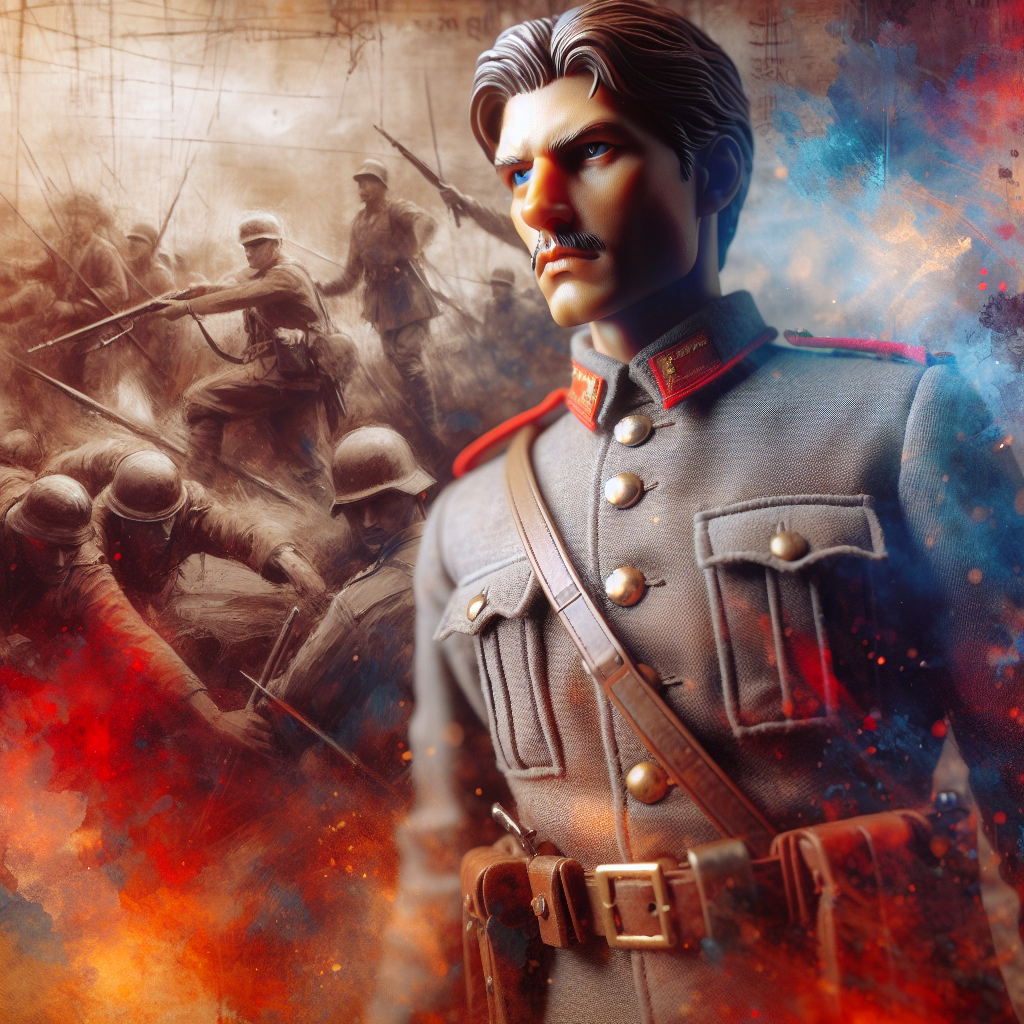When was the last time you stumbled upon a swashbuckling story of an East India Company officer who was neither fully British nor fully Indian, yet who left an indelible mark on both cultures? Enter James Skinner, a vibrant character whose life reads more like an epic saga than a dusty history book. Born in 1778 in colonial India, Skinner was the son of a Scottish padre and a Rajput princess—a combination as unique as it sounds, setting the stage for an extraordinary life.
Raised amid the backdrops of battlegrounds and political intrigues, Skinner's upbringing was anything but ordinary. He served as an officer in the East India Company during a time when colonial ambitions were reshaping the world. Yet, unlike many of his contemporaries, Skinner was deeply enamored with Indian culture. His dual heritage allowed him to navigate a path that appreciated the vibrancy of both worlds.
Now, you might ask, what made this man so legendary? As a military commander, Skinner was nothing short of genius. In fact, he founded 'Skinner's Horse,' a troop that became legendary for its daring cavalry charges and disciplined troops. But the story doesn't end there. It’s his passion for architecture and his involvement in cultural exchanges that add fascinating dimensions to his tale.
From Soldier to Builder: Legacy of Craftsmanship
Skinner wasn't just a man of war; he was a man of vision. His interests spanned beyond military campaigns to cultural projects and architecture. Fluency in Persian, English, and Hindi allowed him seamless interaction on both sides of the colonial divide. He channeled his extensive experiences and unique perspective into building projects that still stand today as magnificent reminders of his vision.
Most famous among these is St. James' Church in Delhi, known locally as 'Skinner’s Church.' Completed in 1836, this architectural marvel is an amalgamation of British, Indian, and Classical architectural elements that hadn't been seen before. It served as a symbol of unity and a testament to his love for India. Walk through its premises, and you can immediately feel the fusion of two worlds; an artist’s version of diplomacy as tangible as it gets.
A Life Laced with Paradoxes
What strikes a chord with me is the paradoxical nature of Skinner's life. Although he was a soldier for a colonial power, he viewed India as his homeland. While he waged wars, his heart was invested in cross-cultural dialogue. He was fluent in local customs, languages, and even cuisines—a true bridge between worlds. Skinner’s literary contributions, although lesser-known, also captured the nation's imagination. His ability to weave narratives from the historical and his own diverse personal experiences made his stories compelling.
In a world often polarized by 'us versus them' dichotomies, Skinner represents an intriguing case study of integration and balance. His Indian soldiers often only knew him as 'Sikandar Sahib,' deriving from Alexander—a fitting name for someone leading an equally formidable force.
Cultural Diplomat of His Time
When we learn about colonial history, it’s easy to frame it as a series of binaries. Yet, figures like Skinner challenge these oversimplified narratives. He was, in a sense, an early proponent of soft power. Skinner believed in the power of stories and the importance of preserving and fostering cultural dialogue. His patronage of local art and literature further enriched the Indo-British cultural tapestry.
What excites me about Skinner is that his life holds invaluable lessons for today’s interconnected world. The ability to cross boundaries, to build bridges, and to appreciate the complexity of human identities is more relevant than ever.
Impact and Influence
History, they say, is written by the victors. And yet, individuals like James Skinner remind us that it is also written by those who transcend boundaries. Despite the inexorable passage of time, Skinner’s legacy still echoes in the modern era. His story has fortified a connection between Britain and India that continues to resonate in cultural exchanges and military camaraderie.
So there you have it—James Skinner: a man of multifaceted identities who thrived as both a warrior and a cultural architect. His daring cavalry might have thundered across battlefields, but it was his appreciation and love for the Indo-British cultural mosaic that continues to ring true to this day. What other storied lives within history inspire us to explore the richness of our diverse world? Skinner’s narrative urges us to view history not as a mere chronicle of dates and events but as a canvas painted with the human spirit’s complexities.

